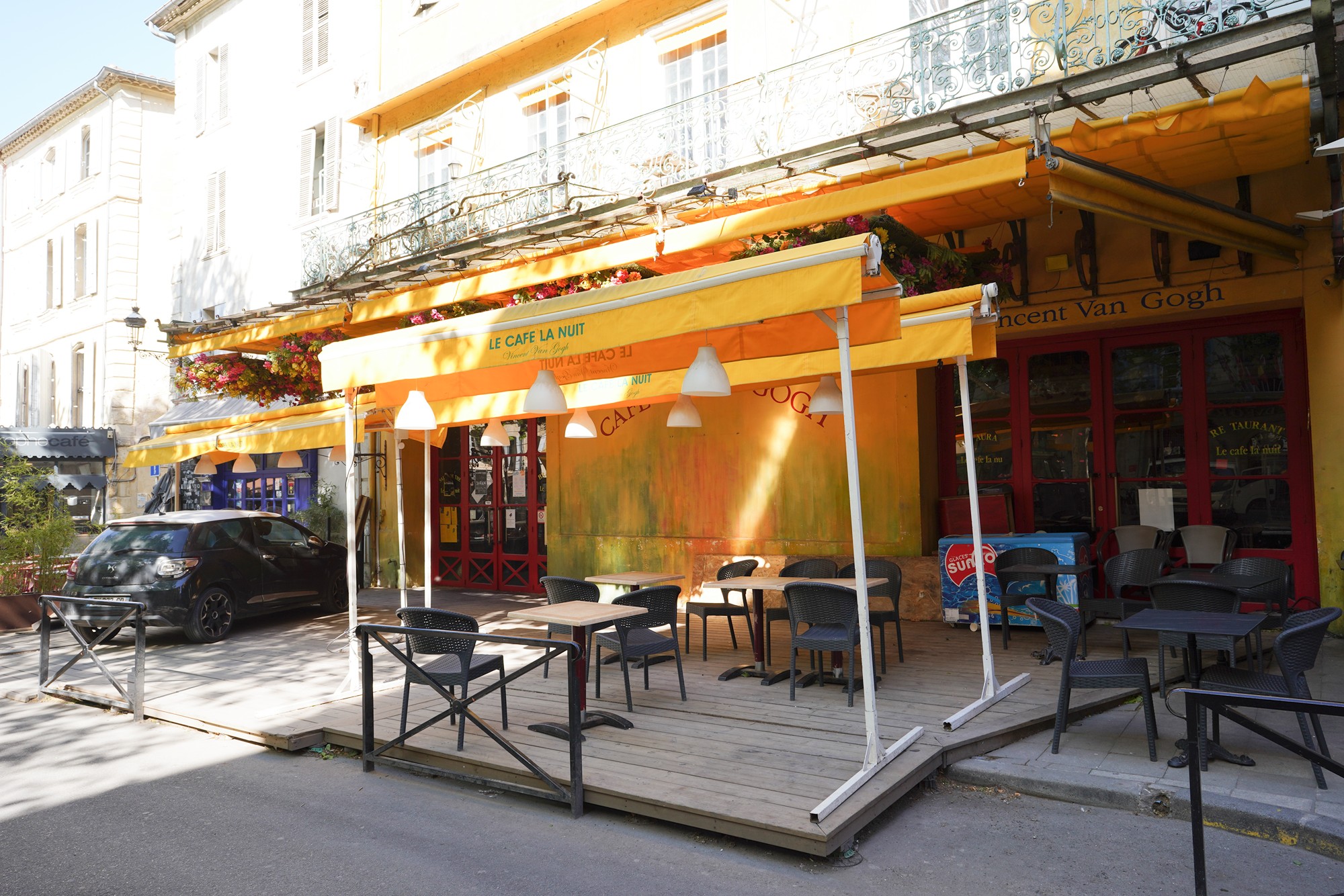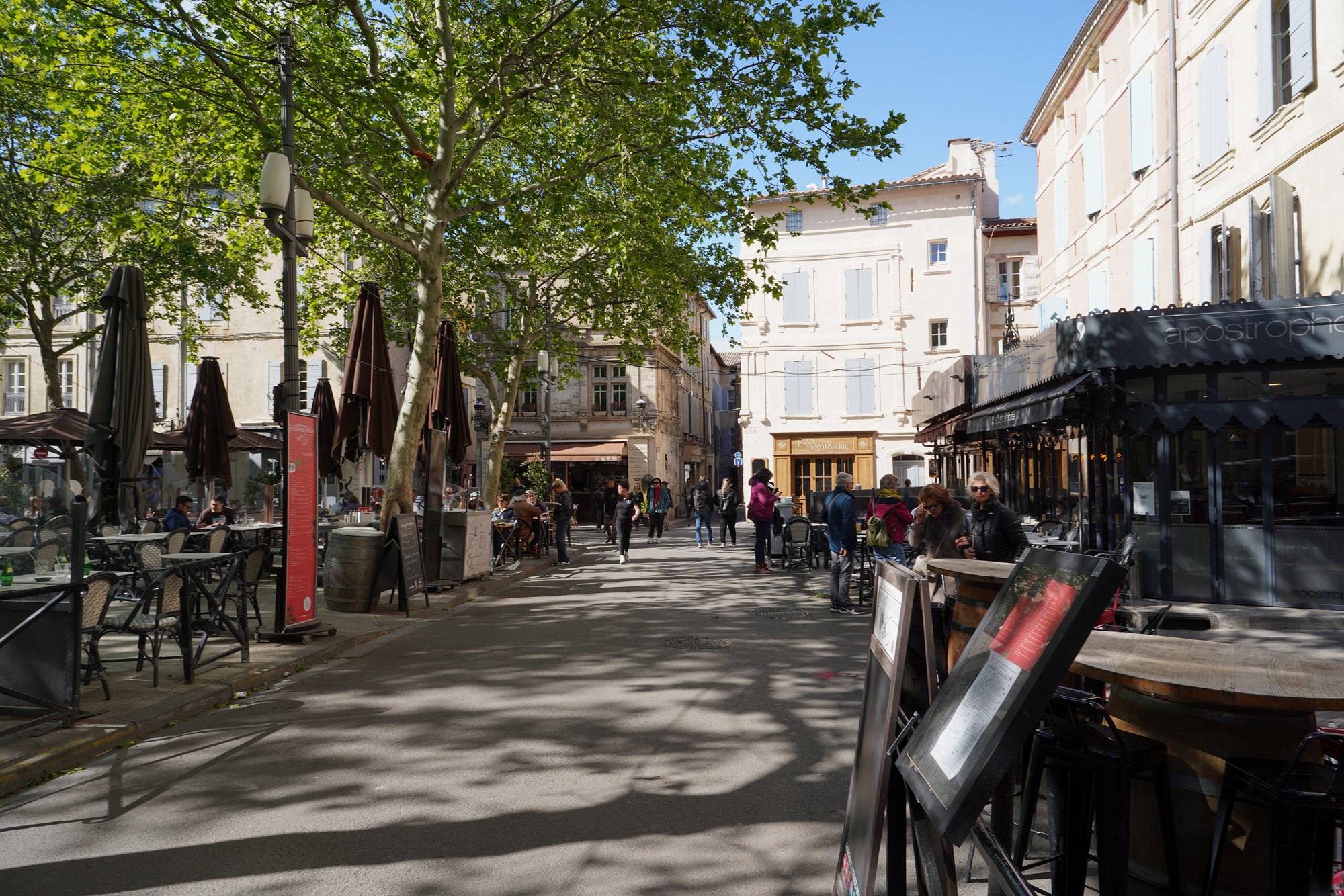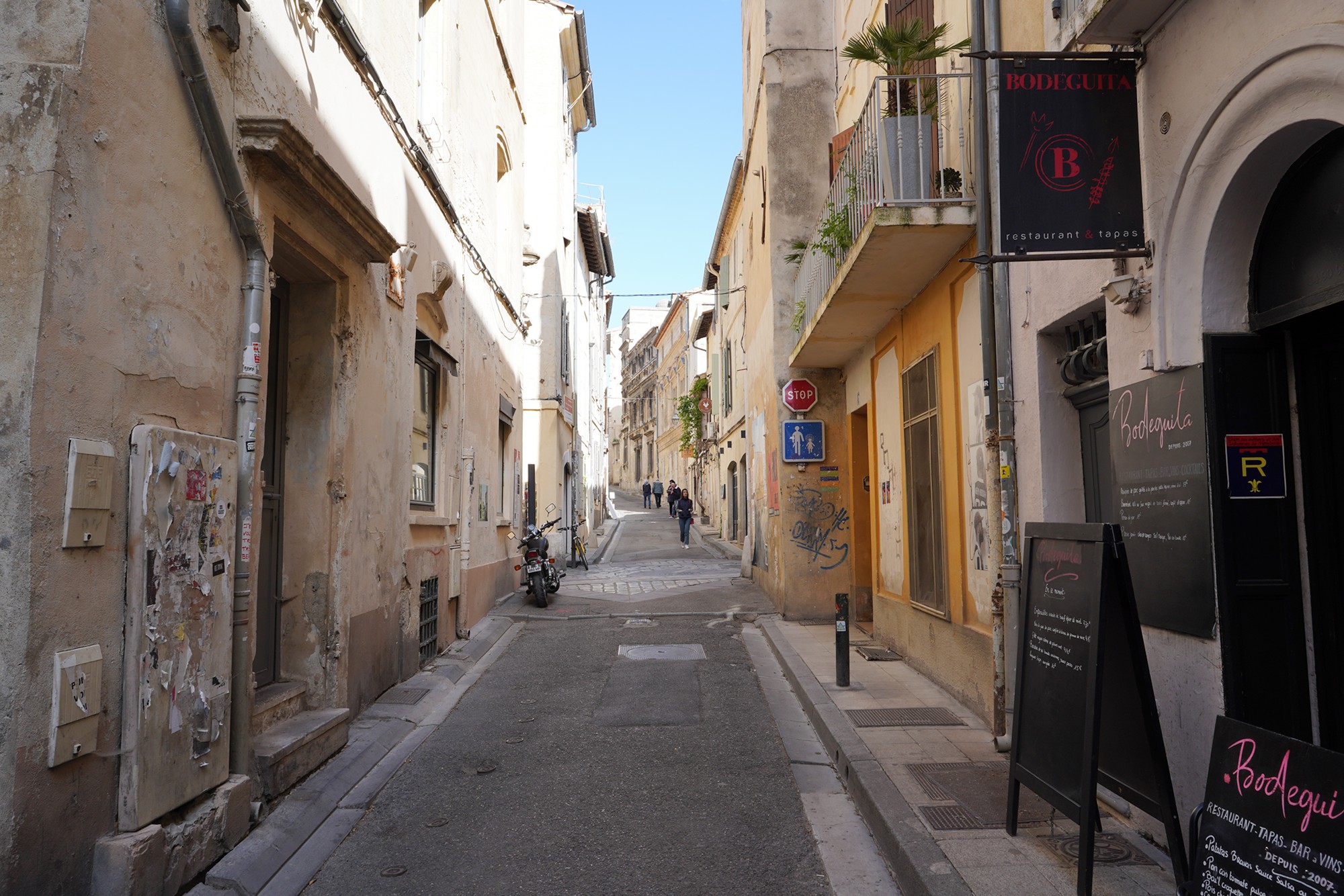Arles Walk, France
Arles is a city in the Provence region of southern France, known for its rich history, Roman monuments, and connection to the famous painter Vincent van Gogh. 893
Arles Arena: 1 Rdpt des Arènes, 13200 Arles, France
Roman Theatre of Arles: 1 Rue du Cloître, 13200 Arles, France
Saint-Trophime Primatial Catholic Church: 6 Pl. de la République, 13200 Arles, France
L’espace Van Gogh: Pl. Félix Rey, 13200 Arles, France
Pl. du Forum: 13200 Arles, France
Date Picture Taken: April, 2024
I stayed near the old town of Arles. On the way to the center of the town, it was the day of the flea and farmer’s market.

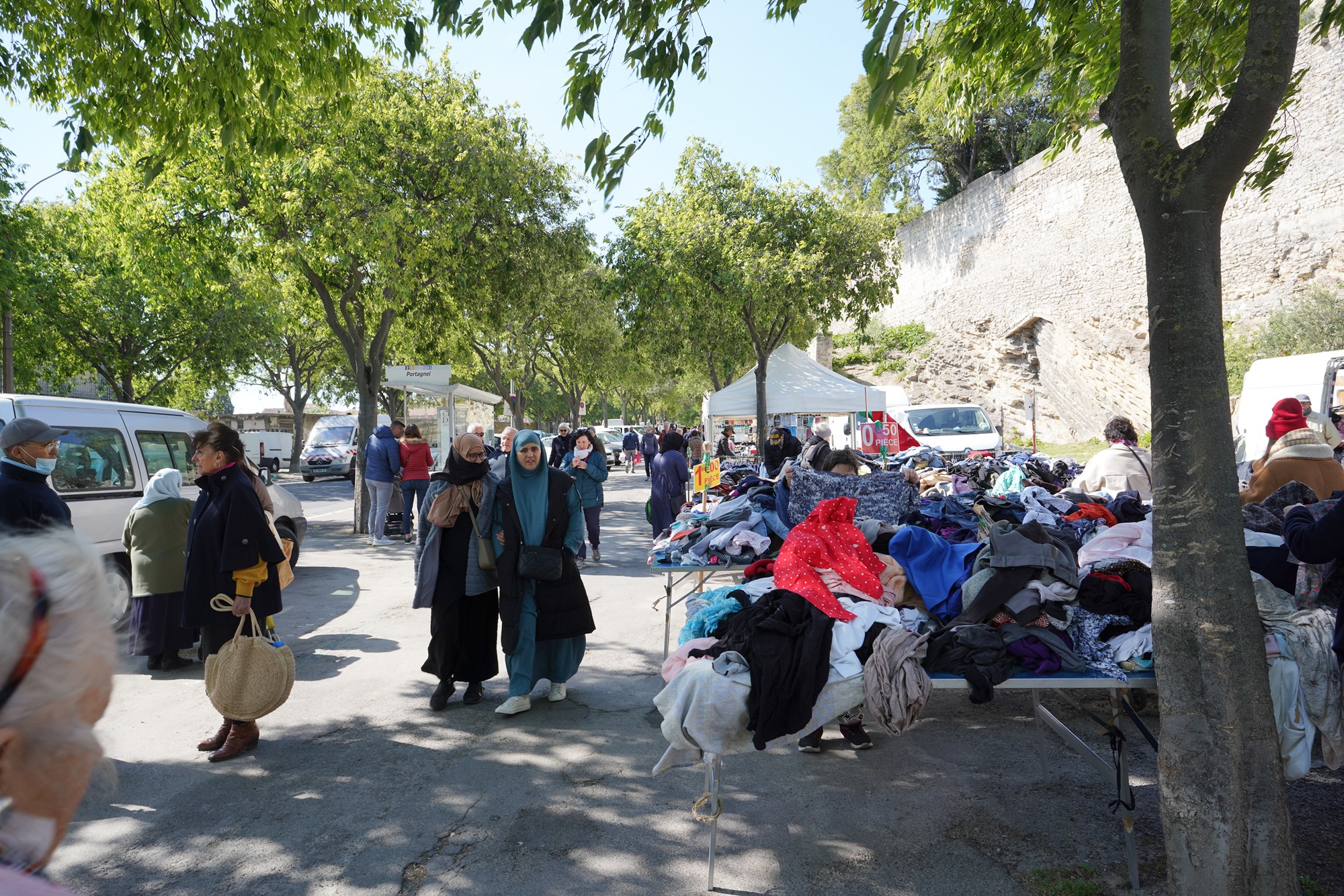




I followed the trail of one of the travel guidebooks that I used.


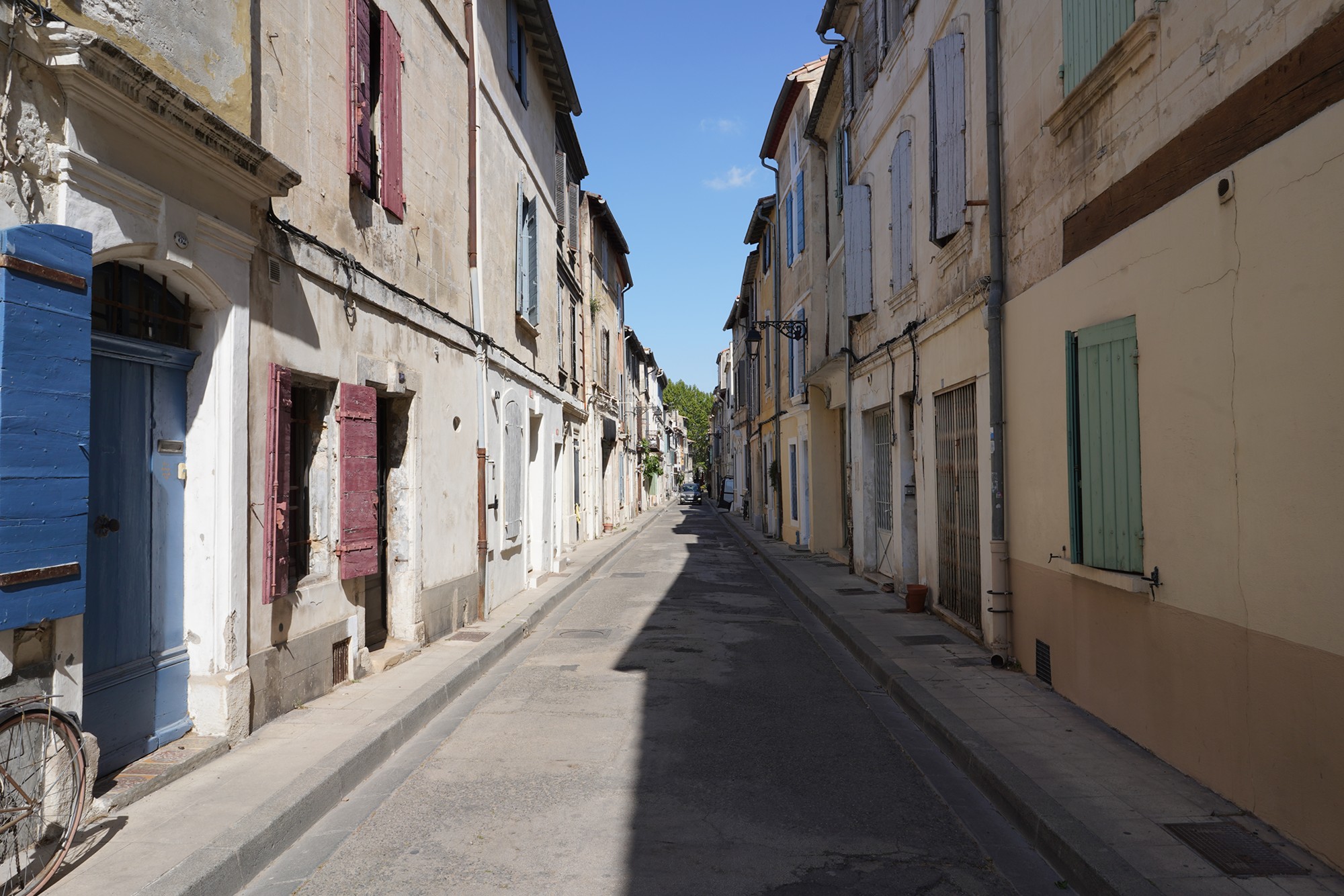

Plaza Voltaire



Just walked out of the walled city of Arles through the Porte de la Cavalerie. The Porte de la Cavalerie, also known as the Cavalry Gate, is one of the historic gates of Arles.

It is the other end of the same flea and farmer’s market shown earlier.
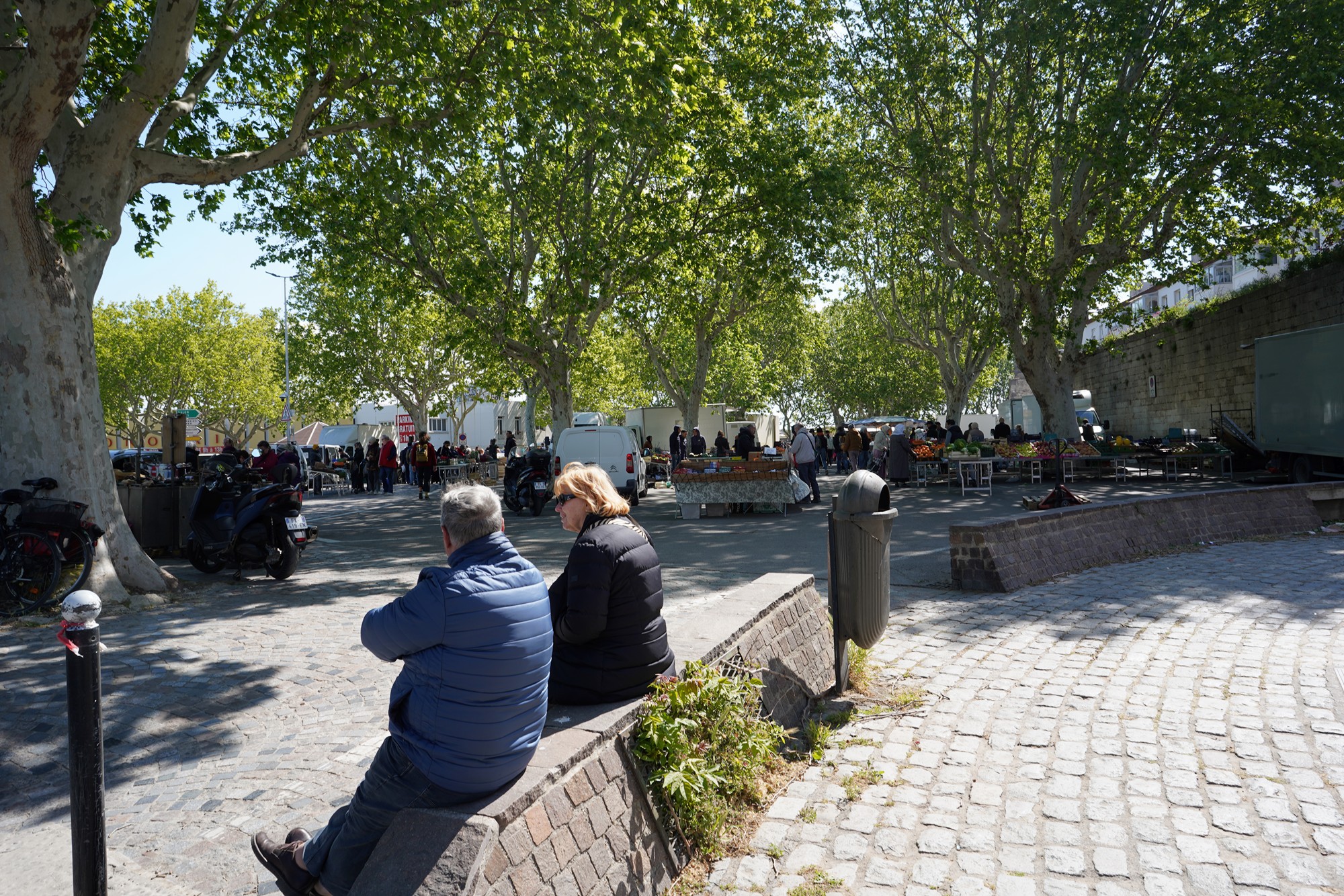





Walked across the street to the Rhone River side
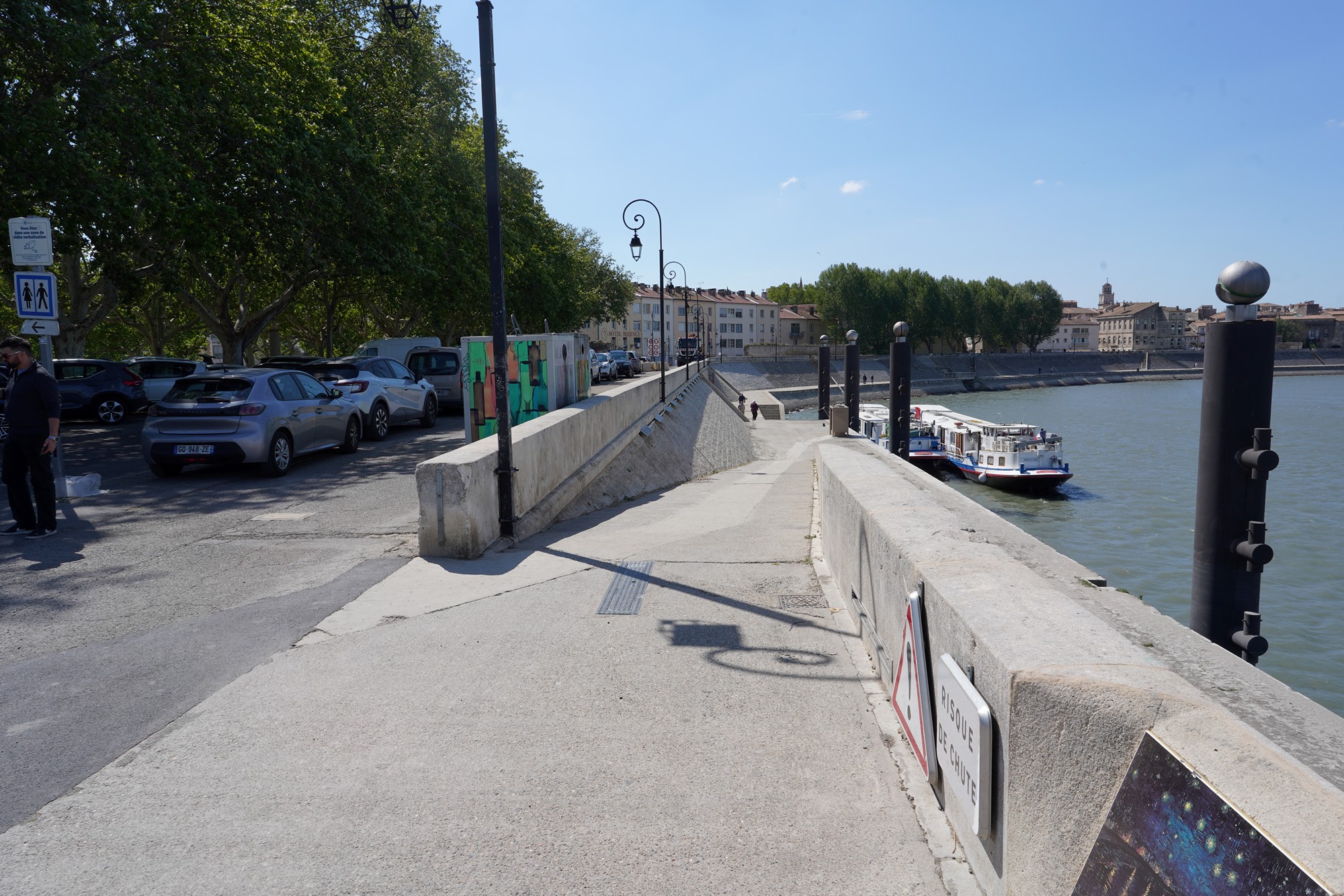
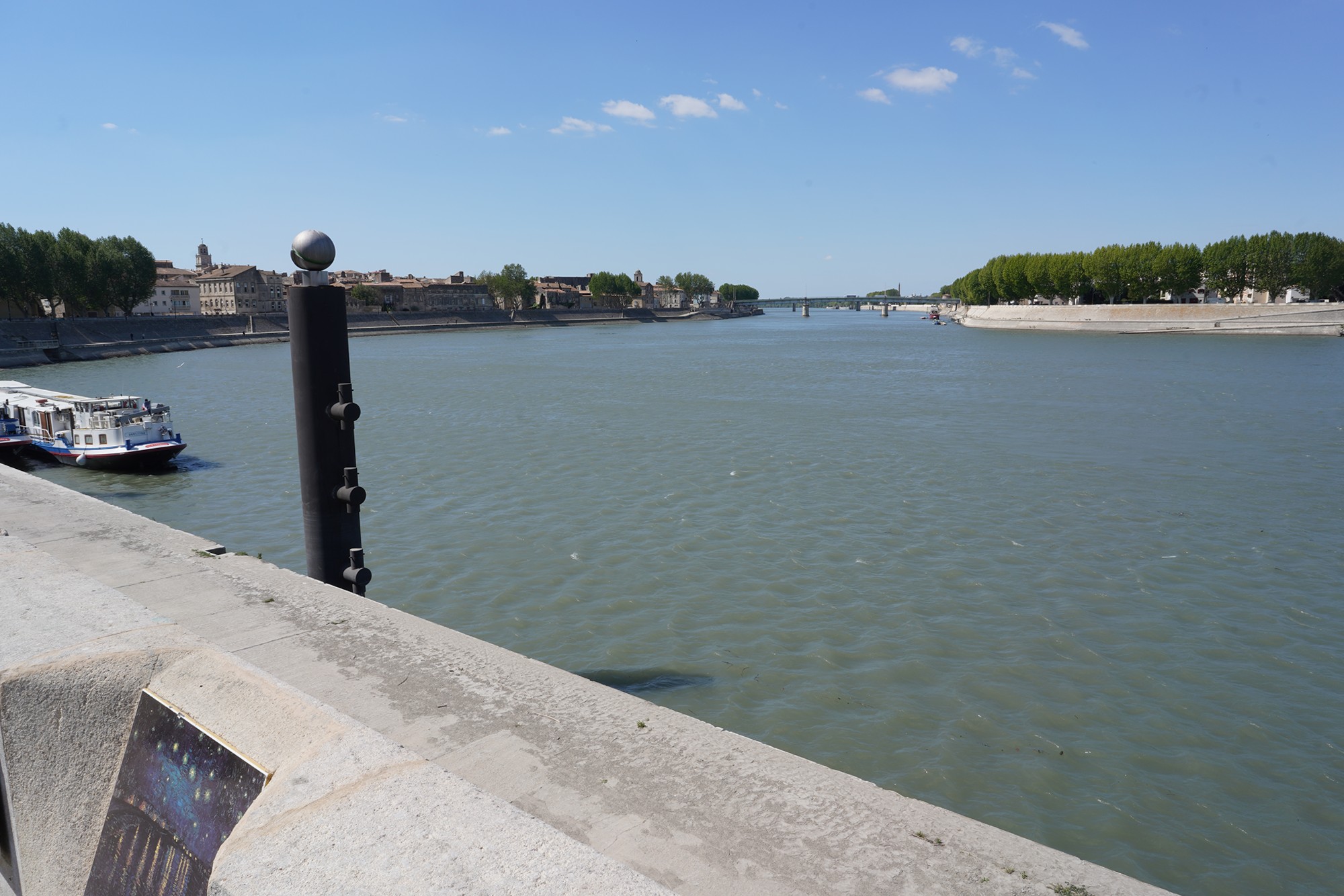


This is the exact location depicted in Vincent van Gogh’s painting “Starry Night over the Rhône.”

Looking back at the Porte de la Cavalerie



Came back into the walled city through the gate

Came back to the Plaza Voltaire


Lunch Time


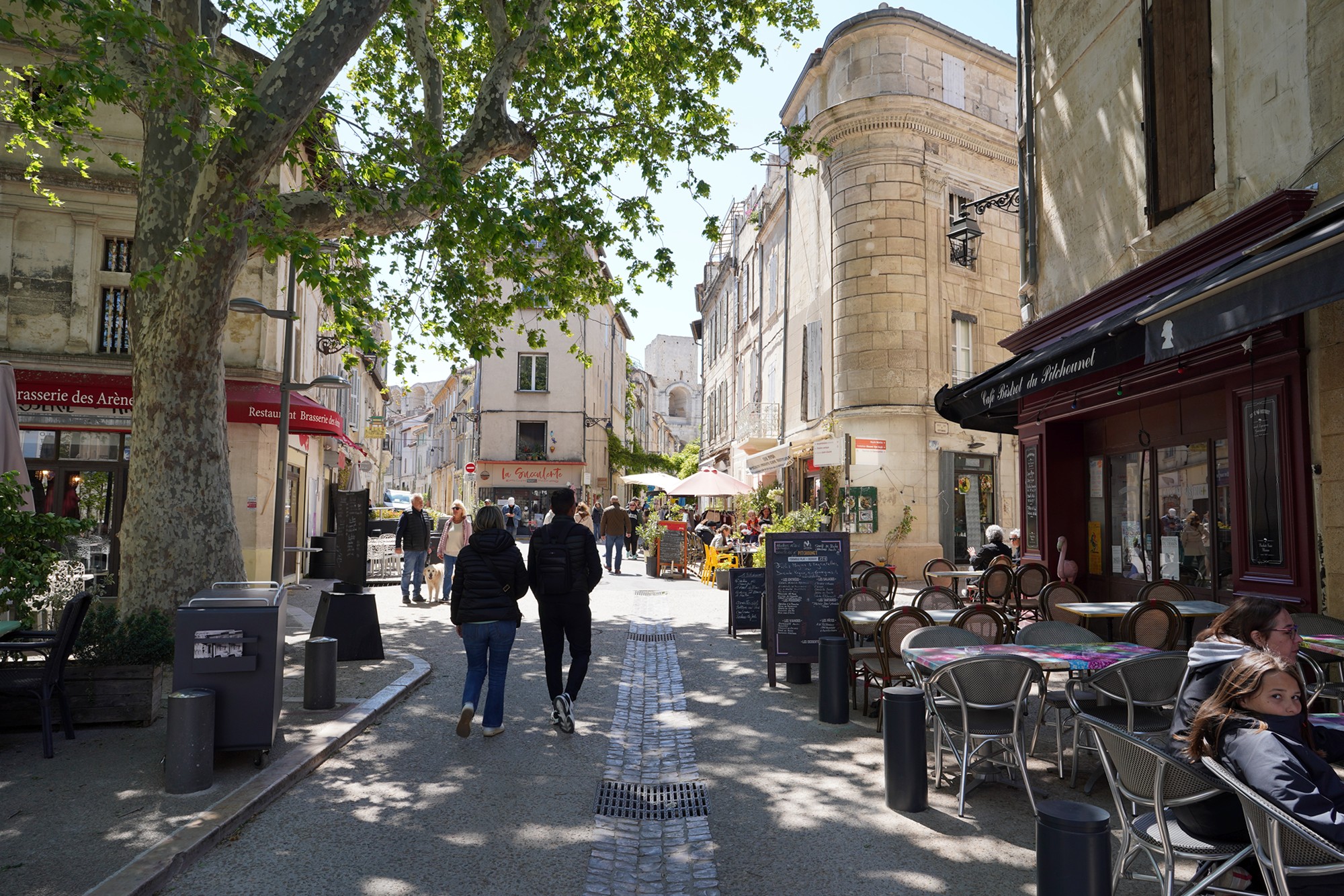

Kept walking to the Arles Arena
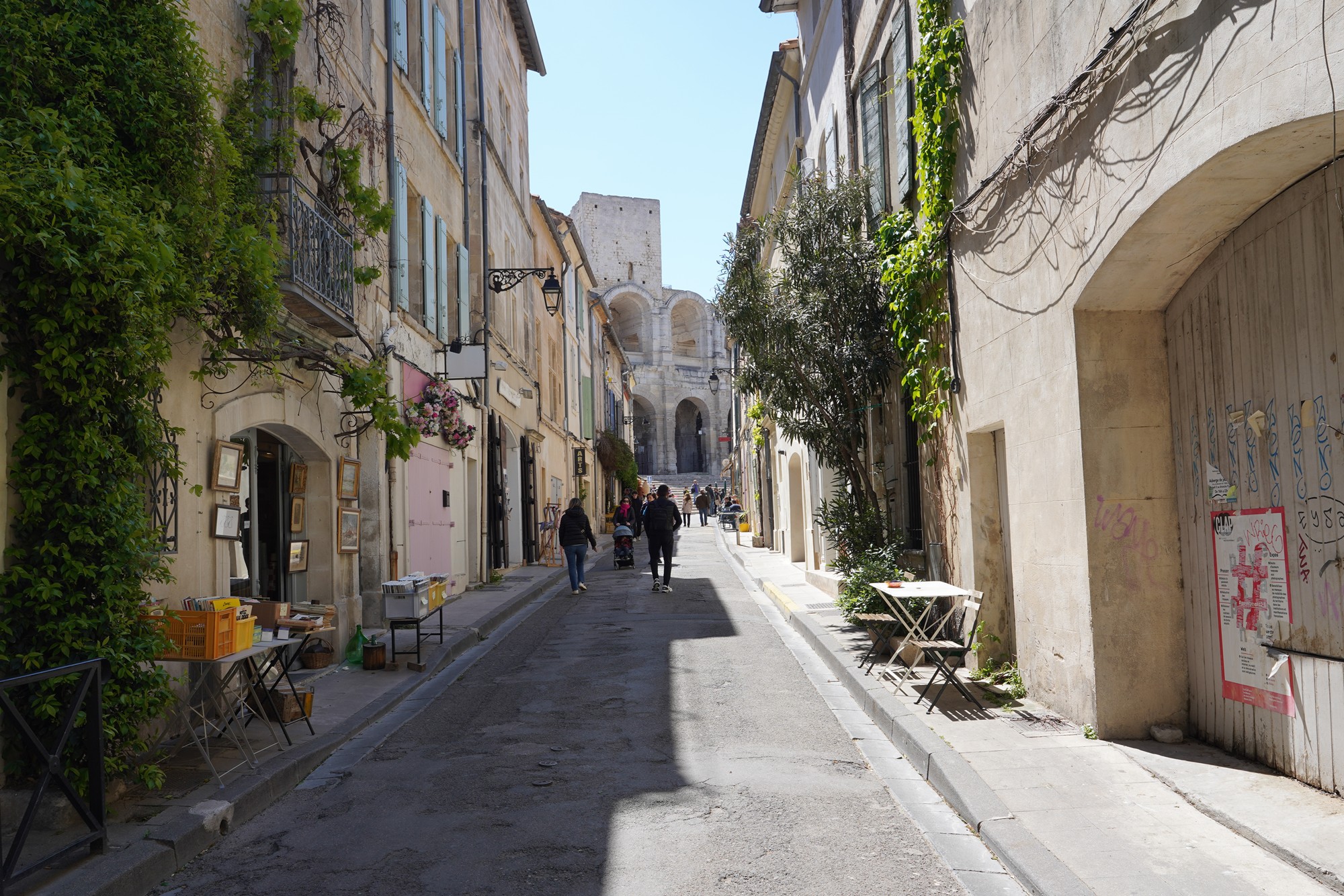

The Arles Arena, also known as the Arènes d’Arles, is one of the most prominent and well-preserved Roman amphitheaters in France.



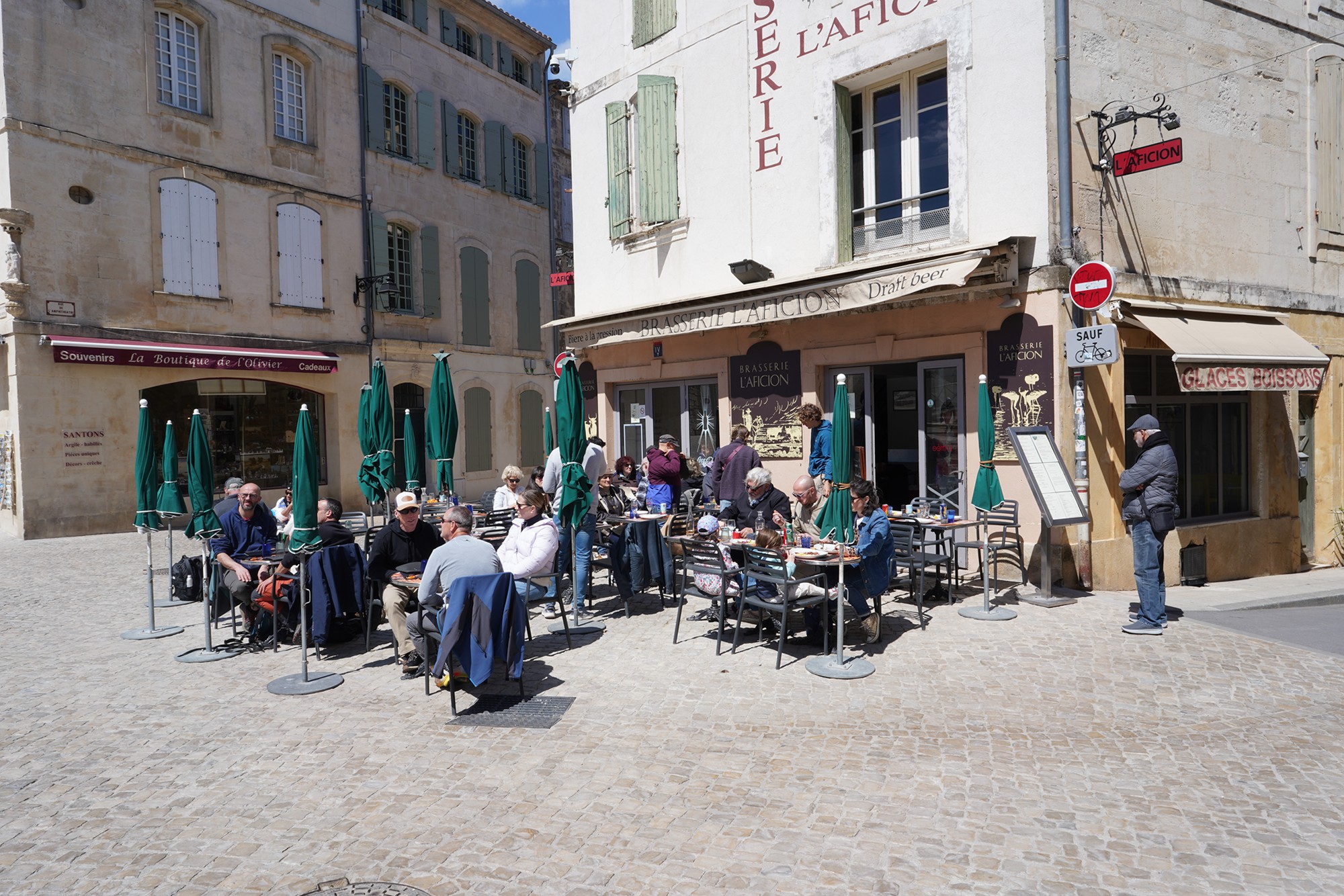
The arena was built in the 1st century AD, during the reign of Emperor Augustus. It served as a venue for gladiatorial combat, chariot races, and other public spectacles, reflecting the Roman culture and society’s emphasis on entertainment.

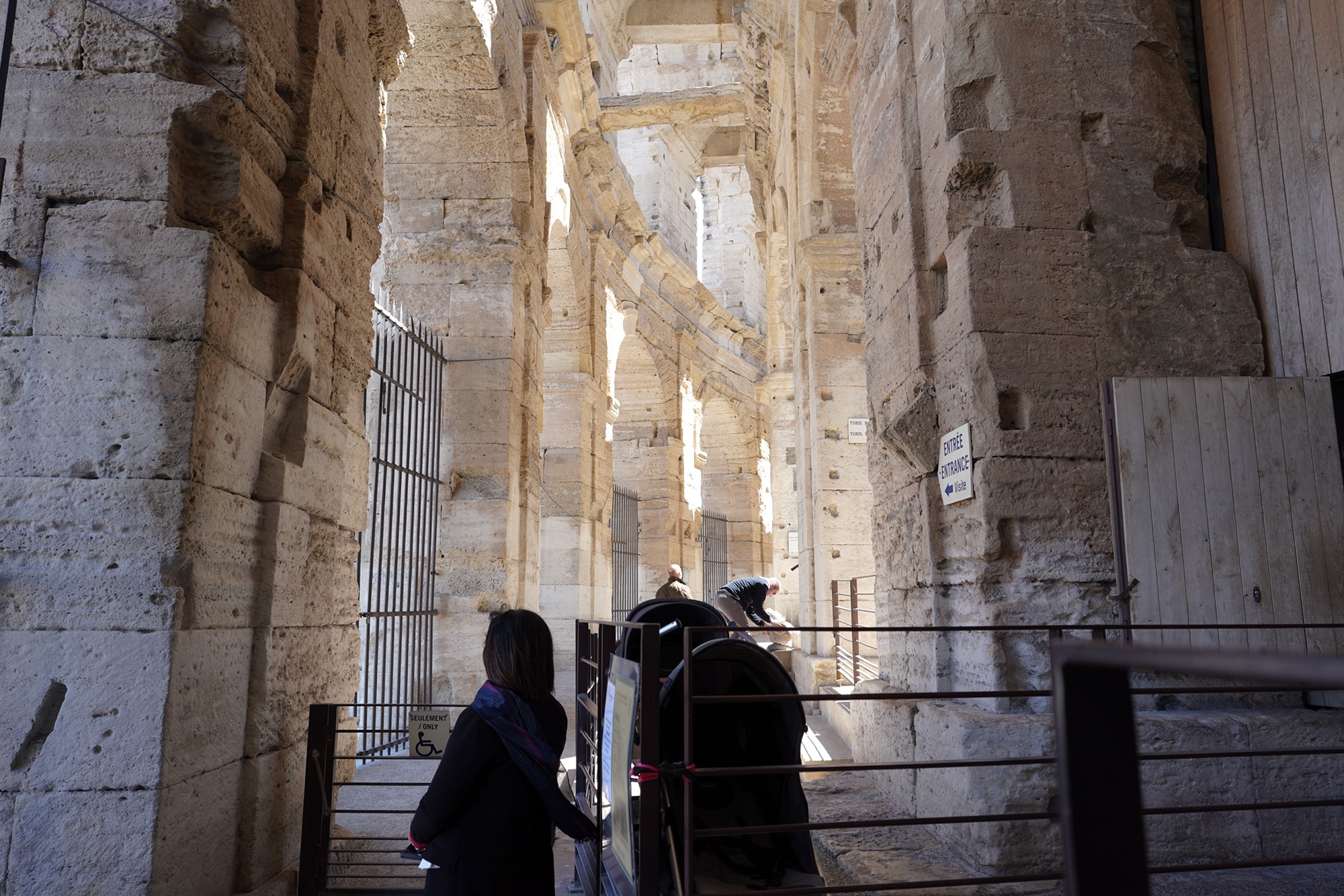
The Arles Arena is an impressive example of Roman engineering and architecture. It measures approximately 136 meters in length and 107 meters in width, with a capacity to hold around 20,000 spectators. The structure features two levels of 60 arches and an intricate system of galleries and staircases to manage the flow of crowds.

Restoration efforts in the 19th century, led by Prosper Mérimée, began to uncover and preserve the ancient structure. Today, the Arles Arena is used for a variety of cultural events, including bullfights (both traditional and the more humane Camargue bullfights), concerts, and theatrical performances.



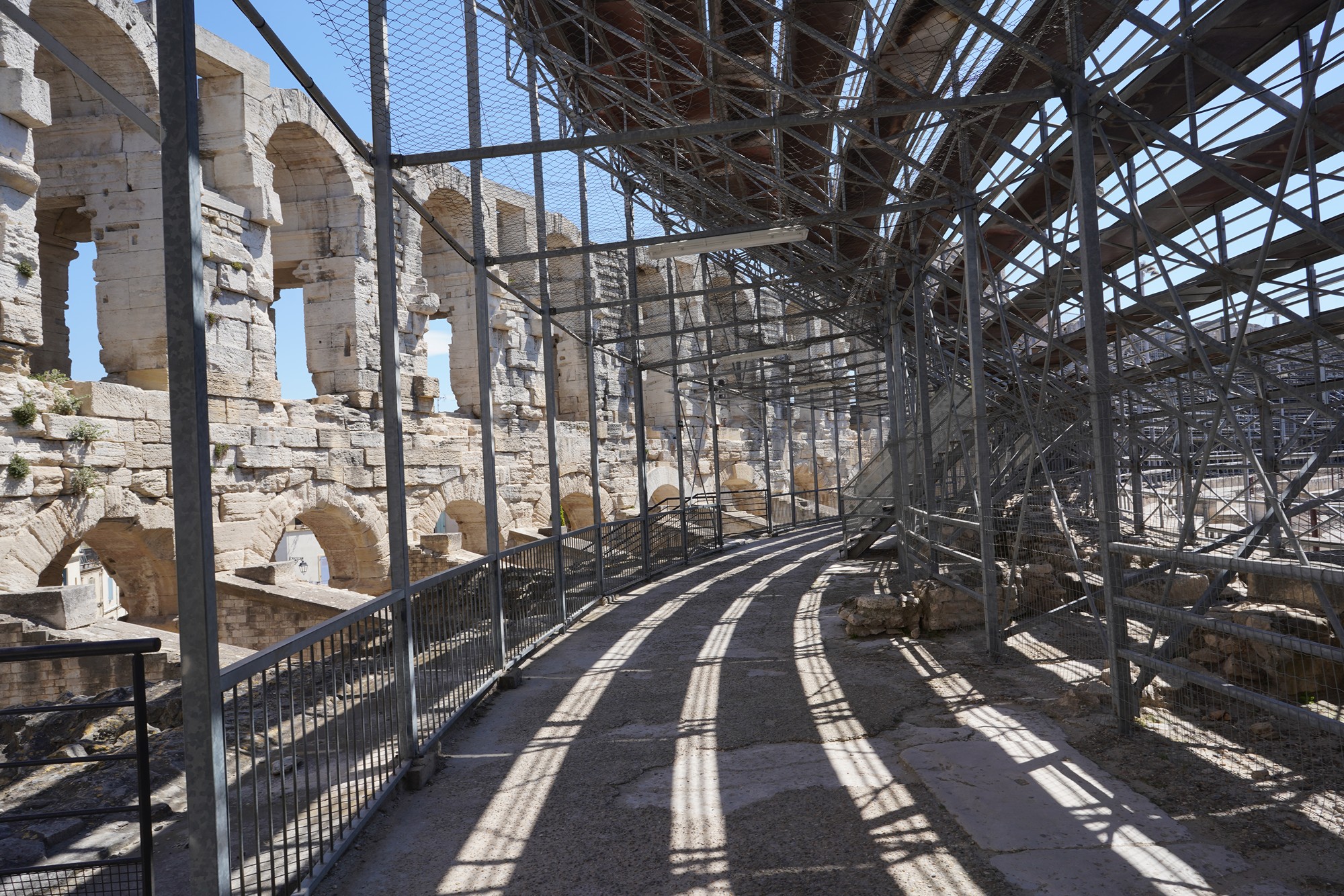
Along with other Roman and Romanesque monuments in Arles, the arena was designated a UNESCO World Heritage Site in 1981, recognizing its historical and cultural importance.
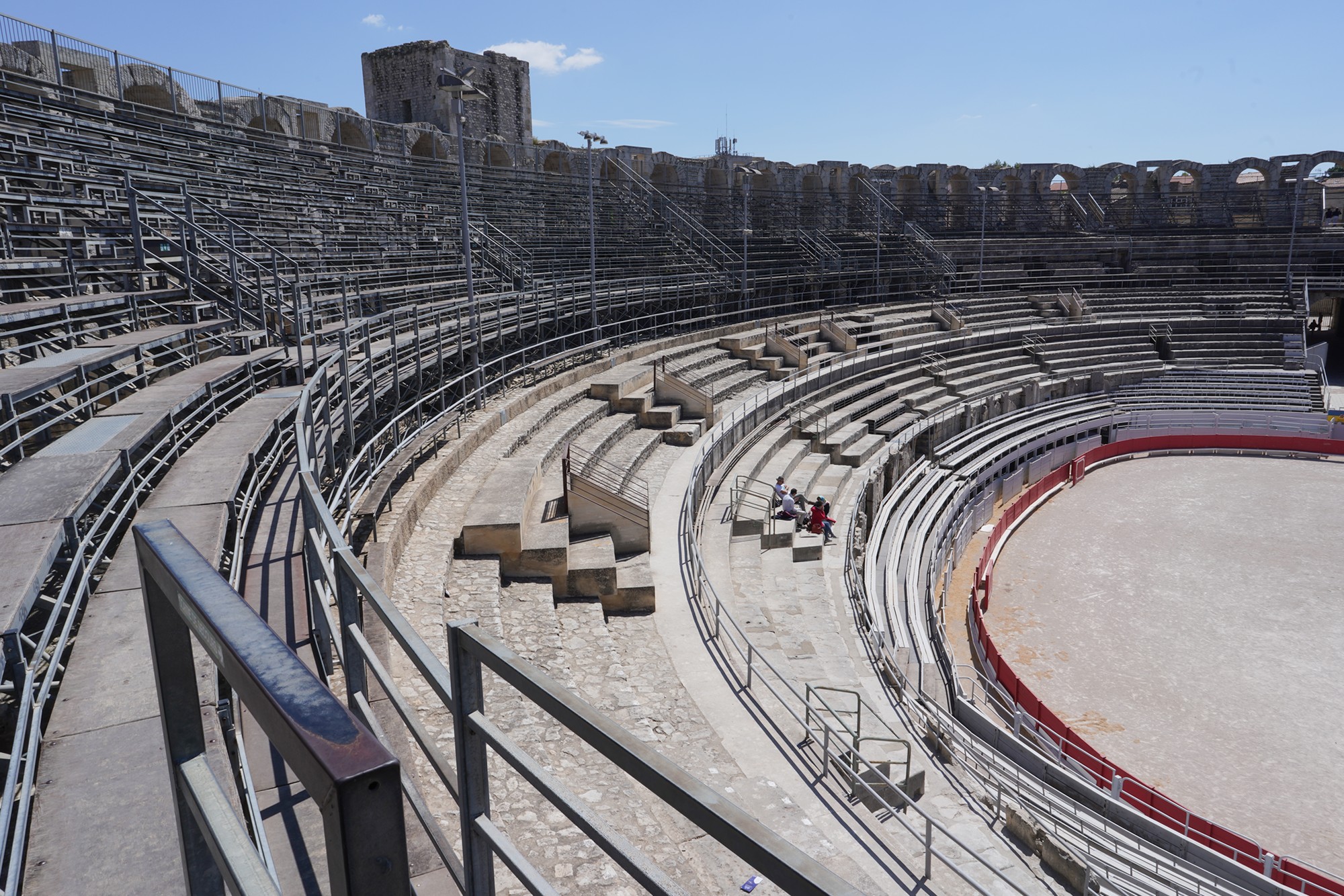












Walked around the arena area

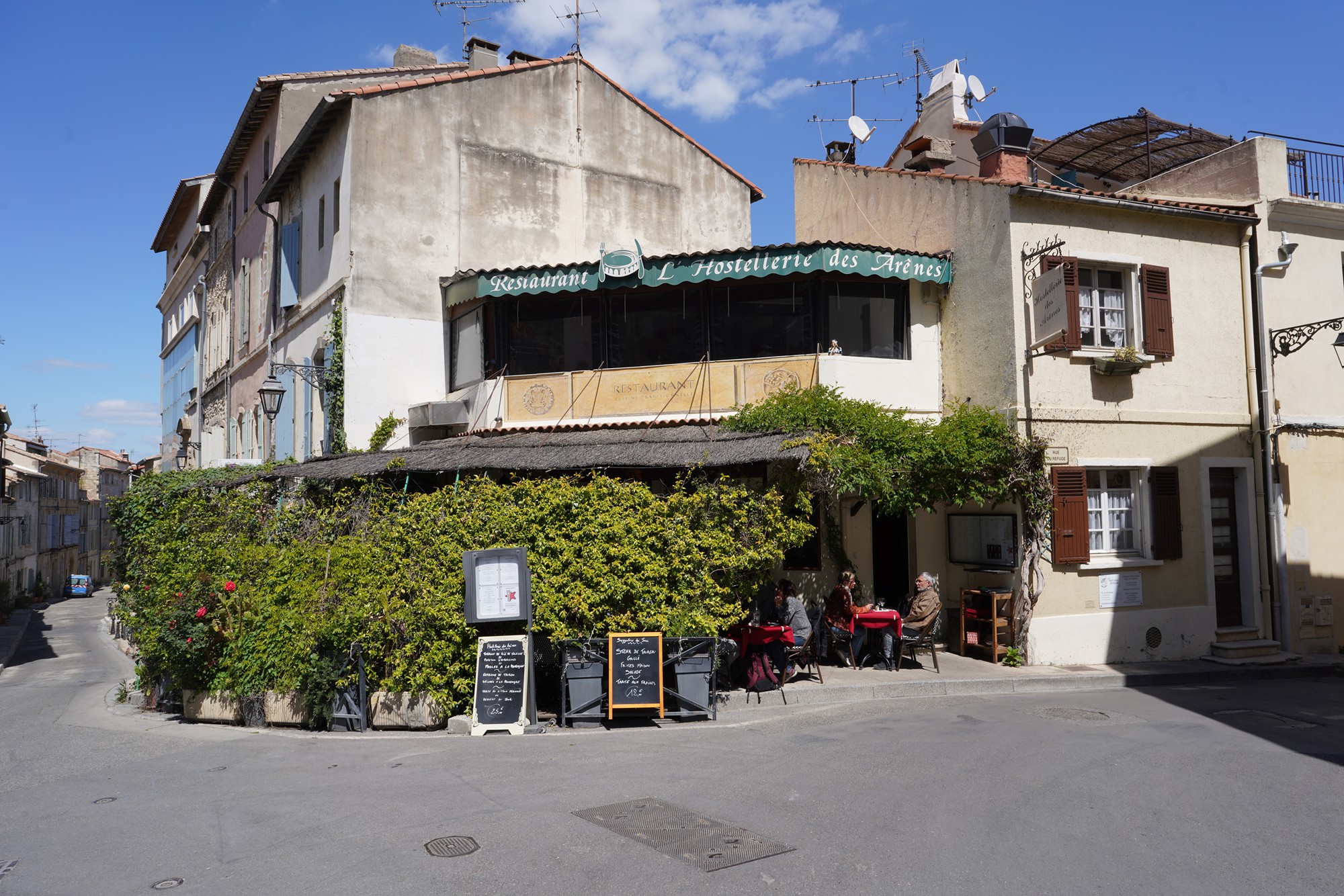


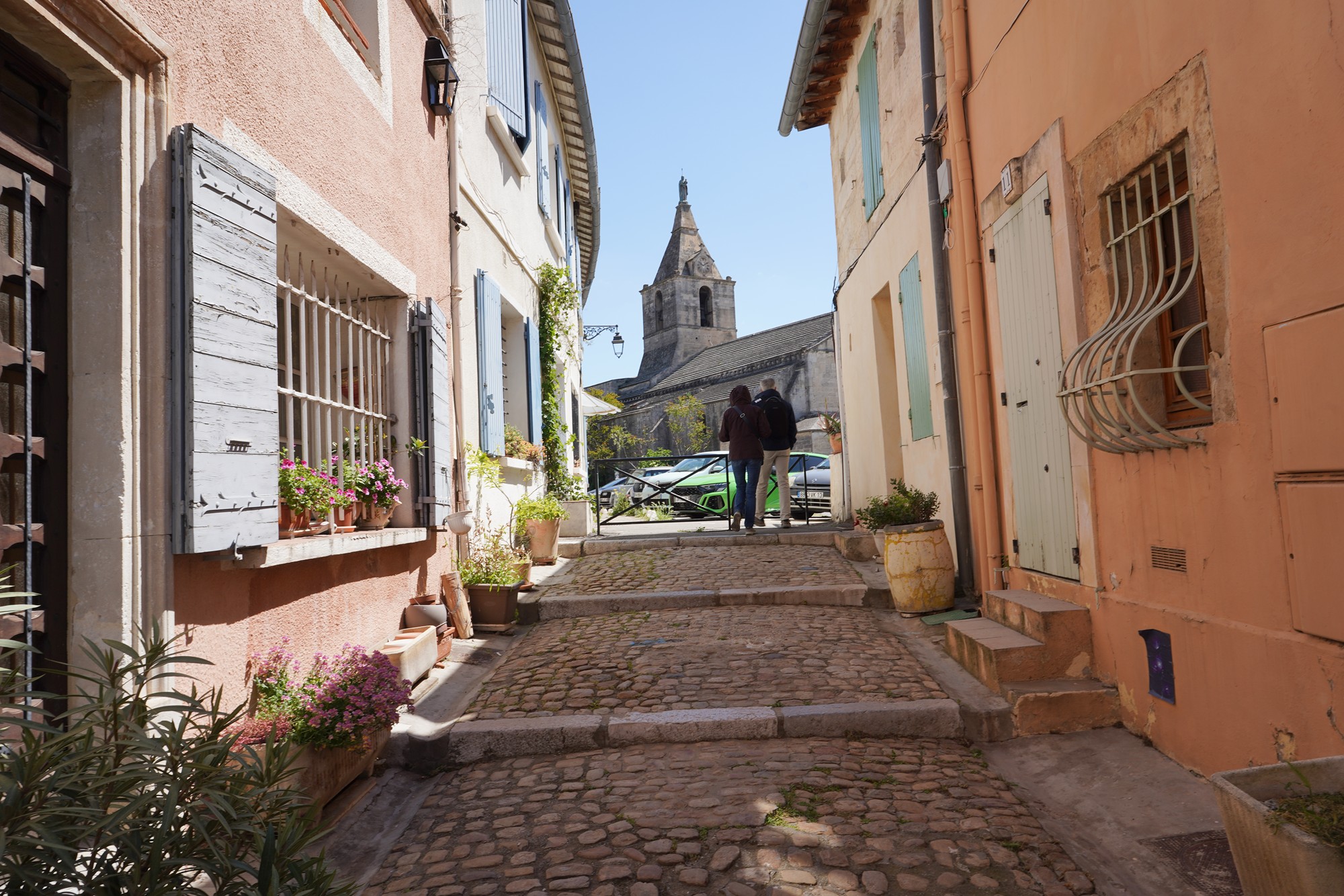
Church of Notre-Dame-de-la-Major. The Church of Notre-Dame-de-la-Major dates back to the 12th century, although its origins may be earlier.








Next to the arena is the Roman Theatre of Arles






The Roman Theatre of Arles was constructed at the end of the 1st century BC during the reign of Emperor Augustus. It was an important part of the city’s public and cultural life, hosting various performances, including plays, poetry readings, and musical events.
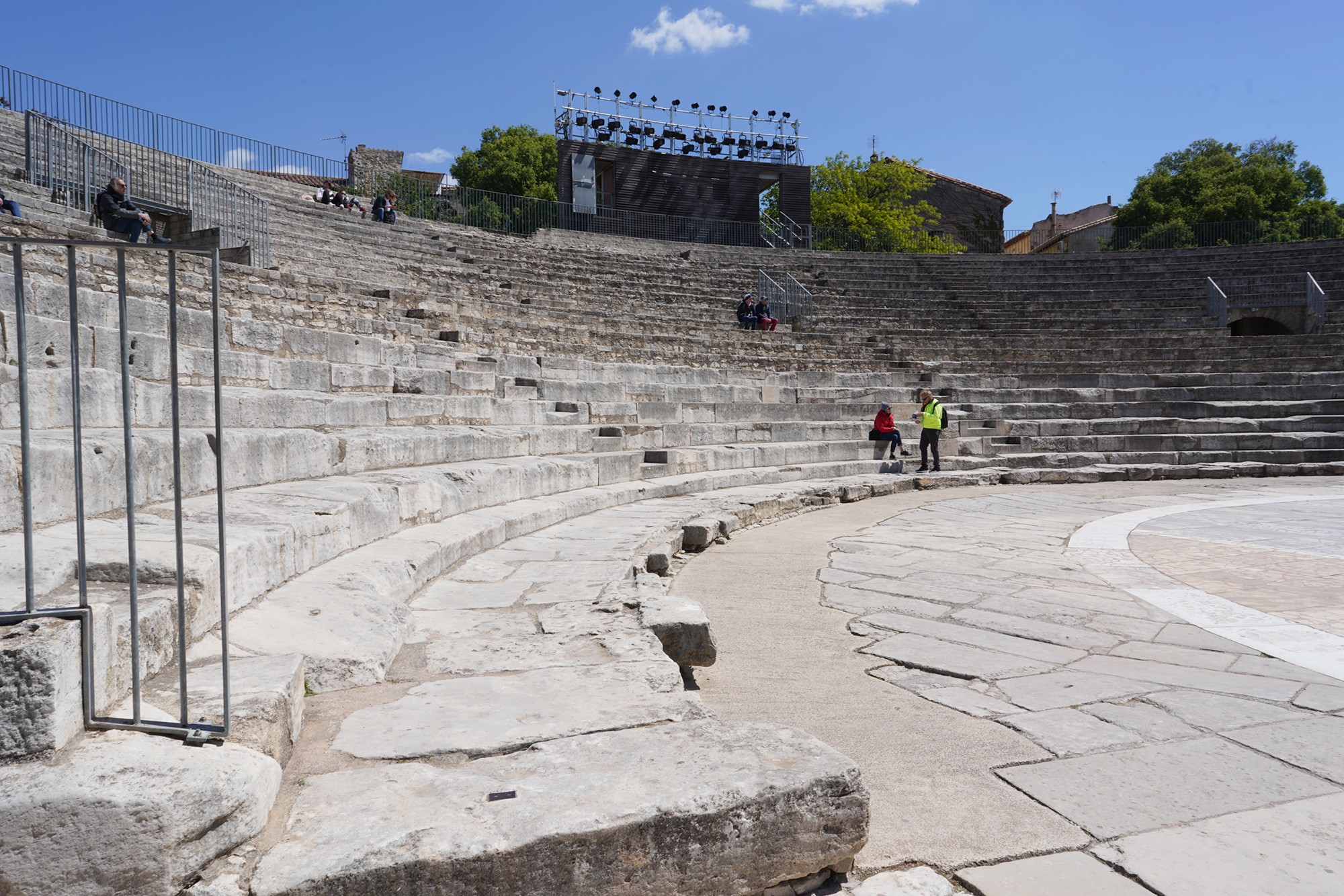
The theatre originally had a semi-circular design typical of Roman theatres, with a diameter of about 102 meters. It could accommodate around 10,000 spectators.

The seating was divided into three tiers, reflecting the social hierarchy of the time. The lowest tier was for the most important citizens, the middle tier for ordinary citizens, and the upper tier for women and slaves.


The stage, or “scaenae frons,” was richly decorated with statues and columns. Some of these decorative elements, including the famous “Venus of Arles” statue, have been recovered and are now displayed in museums.

Over time, the theatre fell into disuse and was gradually buried under debris and medieval construction. It was not until the 19th century that archaeological excavations uncovered its remains.



Jardin d’été Park







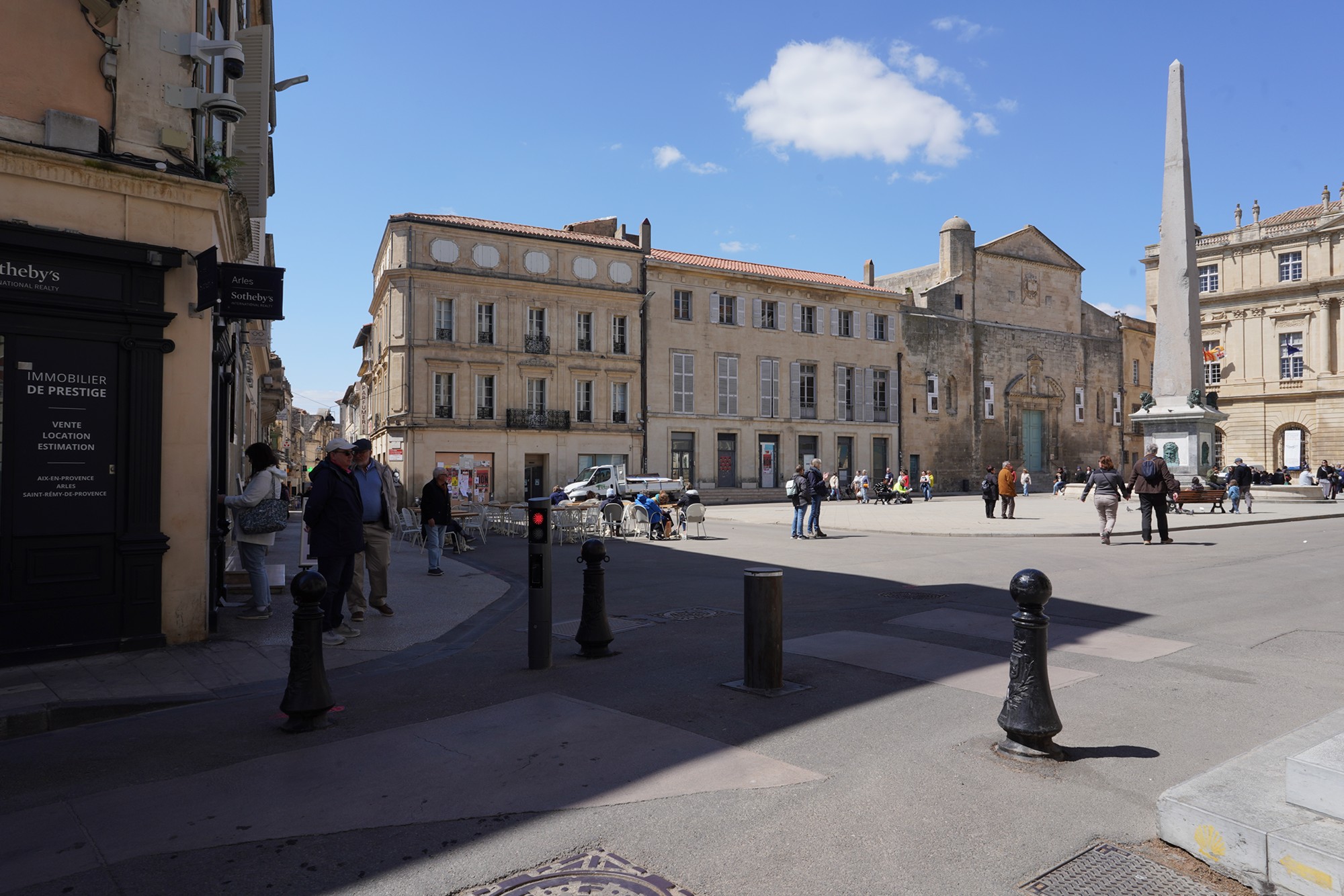
Place de la République. Situated in the heart of Arles, Place de la République is a major public square that acts as a focal point for the city’s social and cultural life.







The Town Hall of Arles.


Inside of the town hall

The town hall’s back street

Came back to Place de la Republique


Saint-Trophime Primatial Catholic Church. The Church of Saint-Trophime was constructed in the 12th century and is named after Saint Trophimus, the first bishop of Arles.

The church is a prime example of Romanesque architecture, characterized by its robust structure, thick walls, and semicircular arches.


The interior of Saint-Trophime is relatively austere, typical of Romanesque churches, with a focus on verticality and simplicity.



The church was an important stop on the medieval pilgrimage route to Santiago de Compostela.





Saint-Trophime Church, along with its cloister, is part of the UNESCO World Heritage designation “Arles, Roman and Romanesque Monuments,” recognizing its historical and architectural significance.


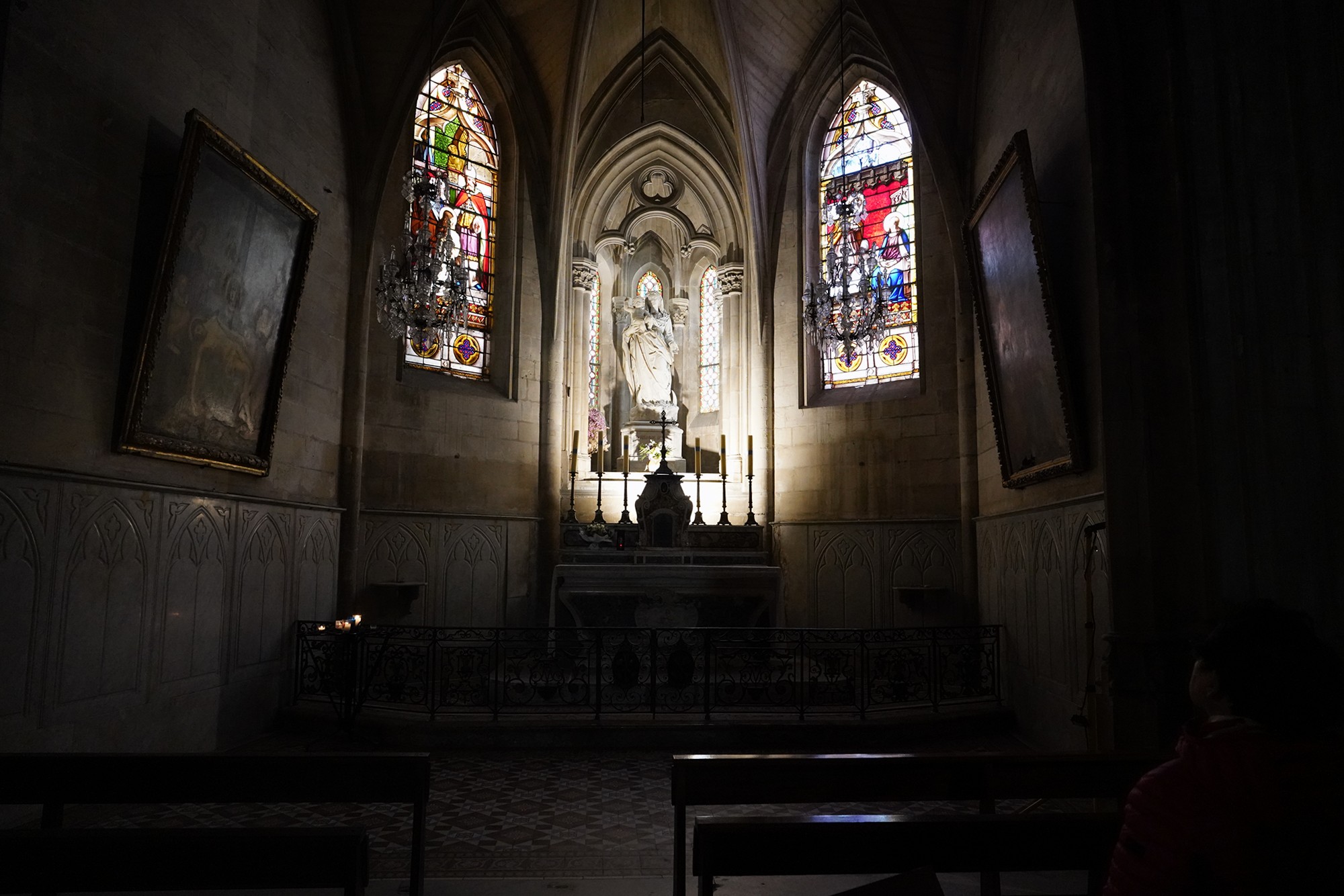


Next to the church is its cloister, Cloître Saint-Trophime.

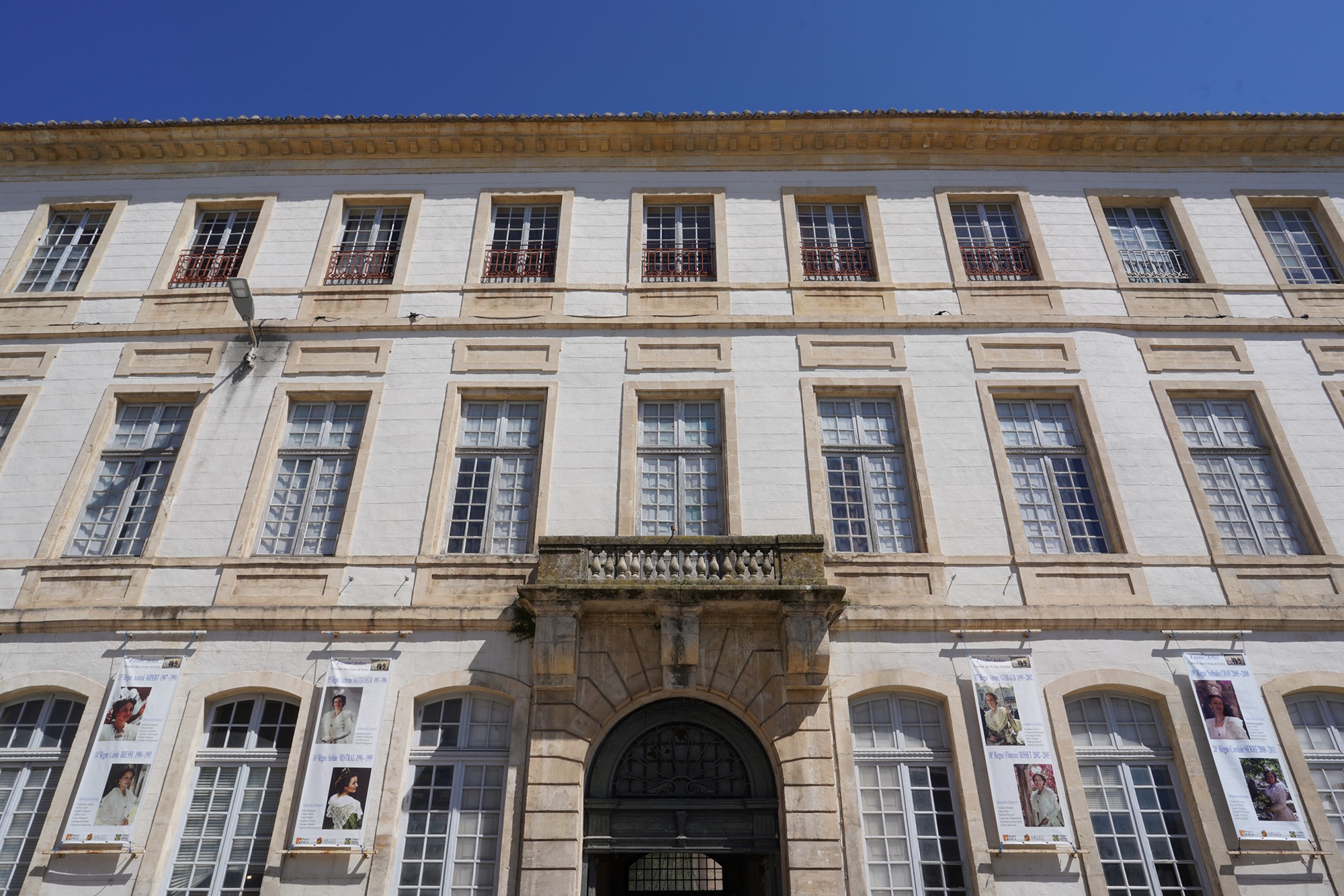






The Cloister is a significant and beautiful part of the Saint-Trophime Primatial Catholic Church complex.




The cloister was built in two phases: the north and east galleries date from the late 12th century, while the south and west galleries were completed in the 14th century.

It served as a place of meditation and prayer for the canons of the church.


The cloister was an integral part of the monastic life, serving as a place for study, meditation, and communal activities.
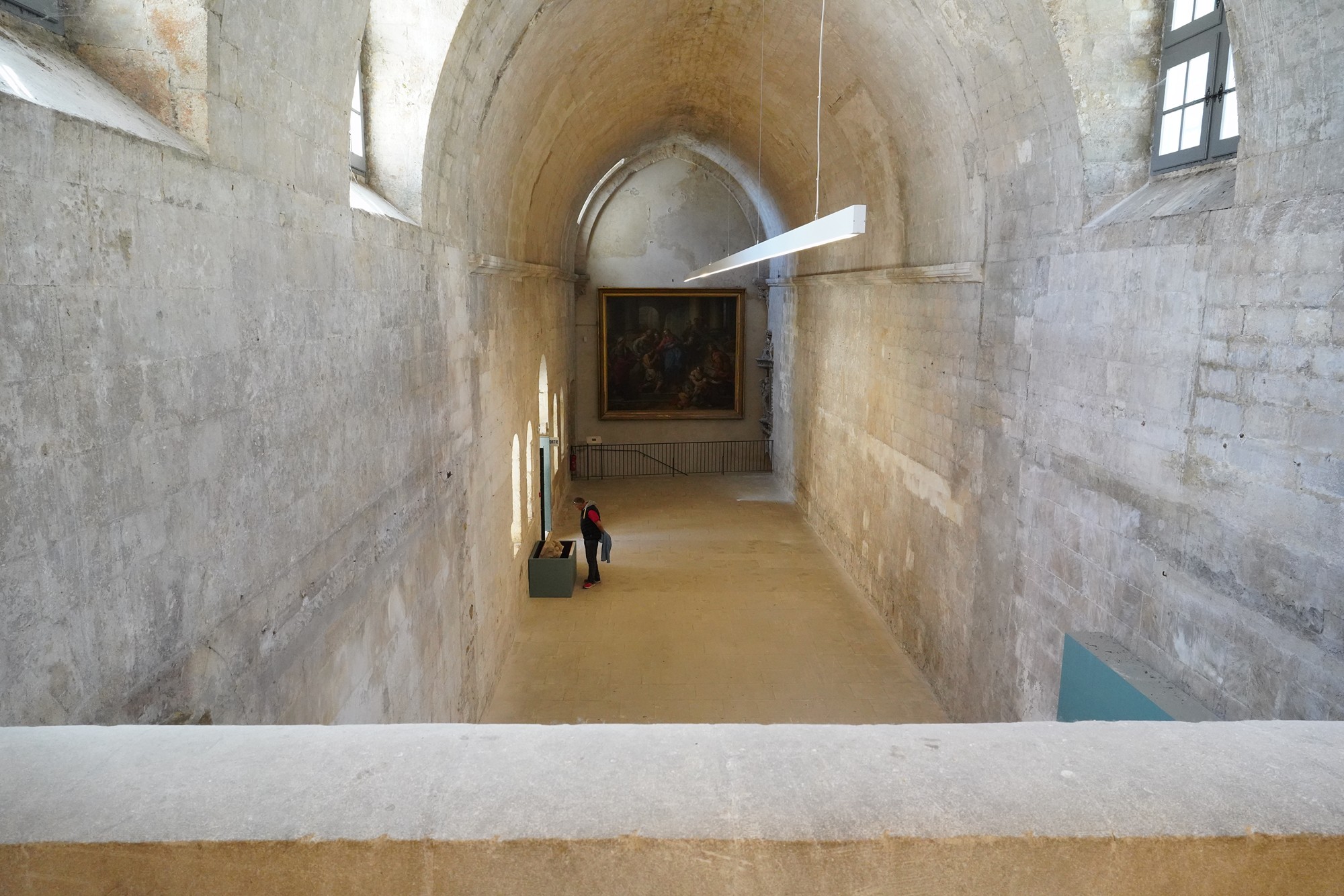





The cloister has a rectangular layout with a central courtyard. The galleries run along the four sides of the courtyard, providing a covered walkway.





Out from the cloister and walking to L’Espace Van Gogh, a place where Van Gogh spent a considerable amount of time.







L’Espace Van Gogh. L’Espace Van Gogh is located in the former Hôtel-Dieu of Arles, a historic hospital dating back to the 16th century.



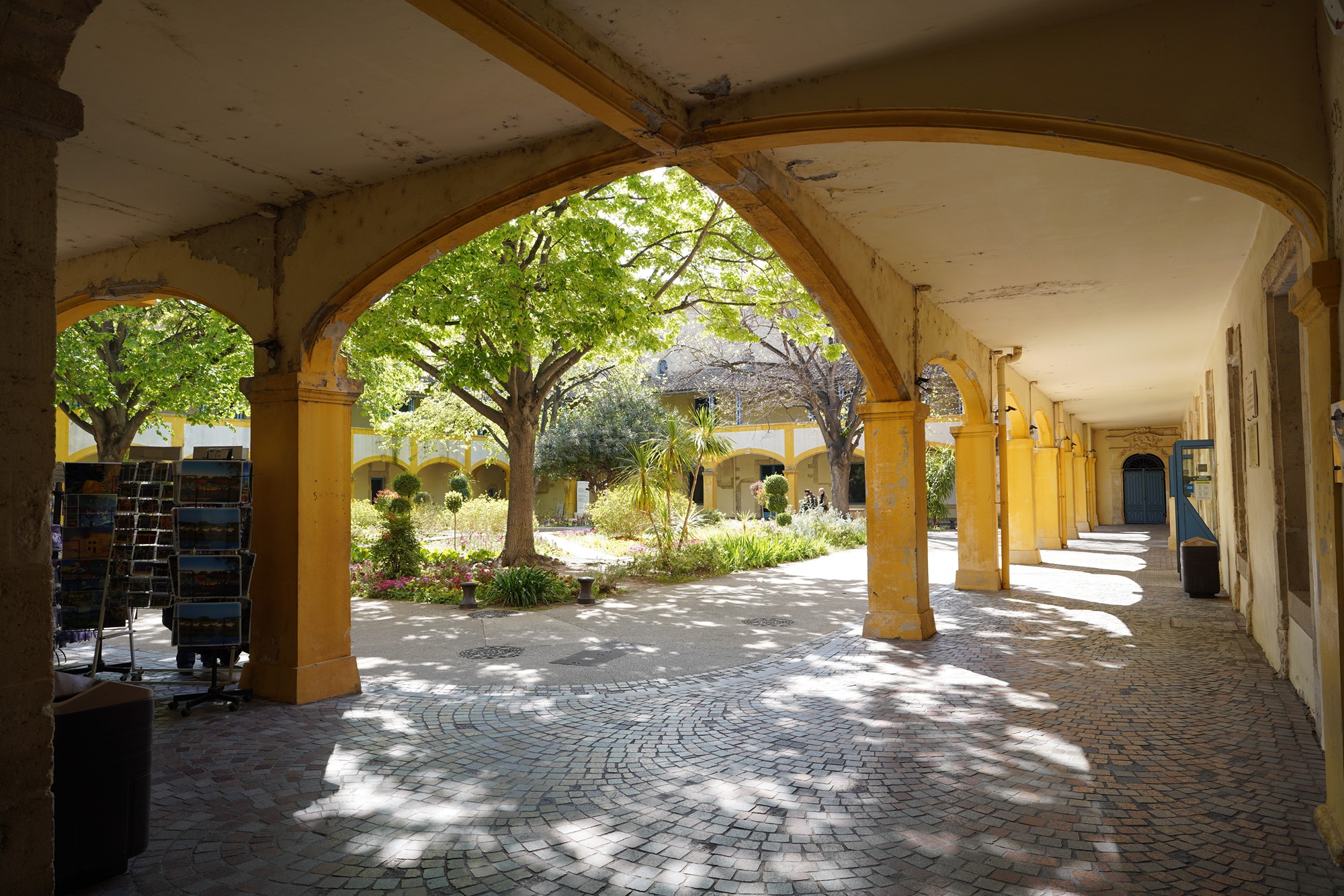


Vincent van Gogh spent time here in 1888-1889 when he voluntarily admitted himself following his infamous ear incident in Arles.



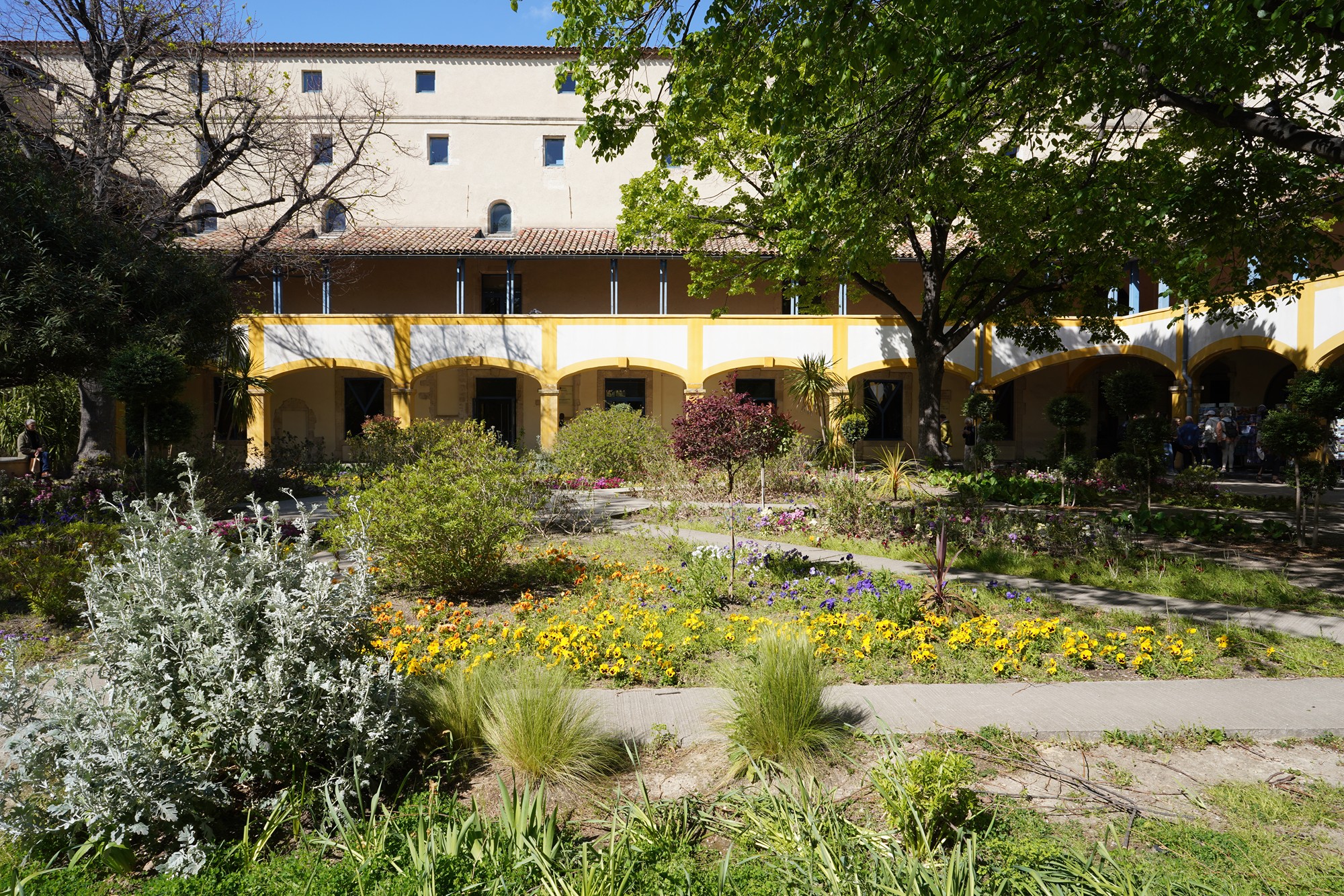
During his stay at the hospital, Van Gogh produced several notable works, including “Le Jardin de la Maison de Santé à Arles” (The Garden of the Asylum at Arles) and “L’Hôpital Saint-Paul de Mausole” (The Asylum at Saint-Rémy).

Today, L’Espace Van Gogh is a cultural center and exhibition space that commemorates Van Gogh’s time in Arles and showcases his artworks.

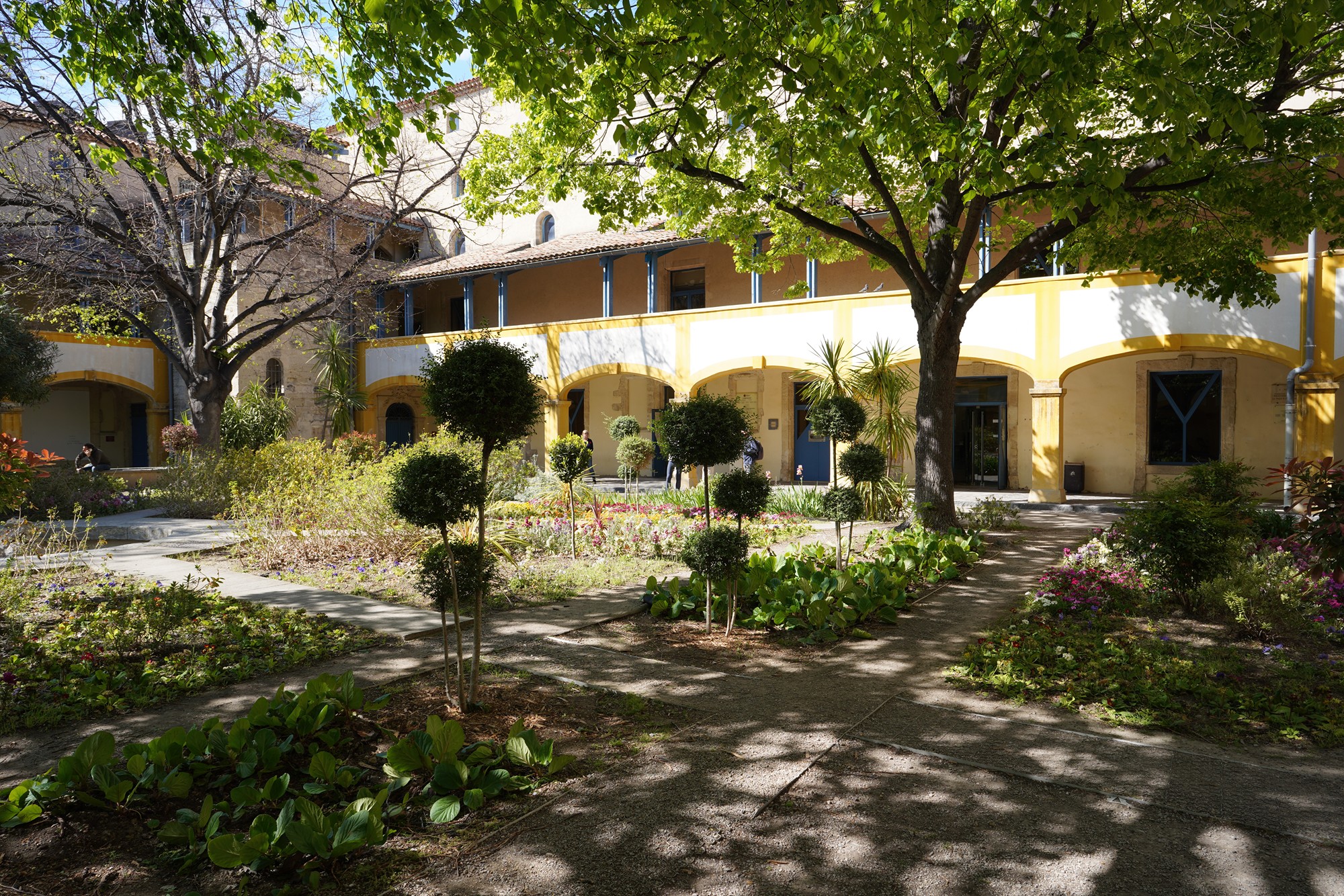




Museon Arlaten. The Museon Arlaten is dedicated to the preservation and celebration of Provencal culture and traditions.


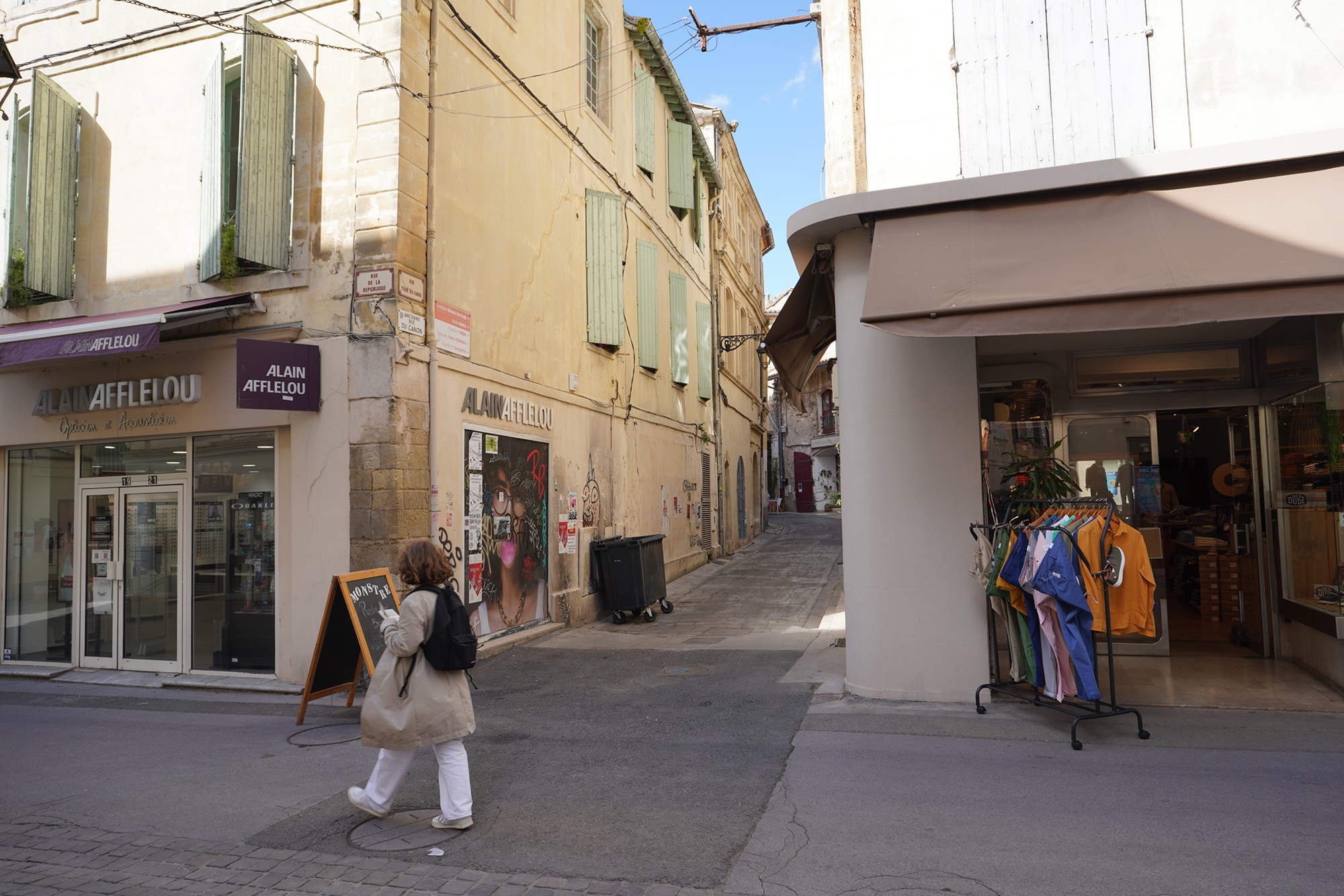

On the way to Place du Forum.




Fondation Vincent van Gogh Arles. The Fondation Vincent van Gogh Arles organizes temporary exhibitions featuring works by contemporary artists that explore themes relevant to Van Gogh’s oeuvre or the region of Provence.
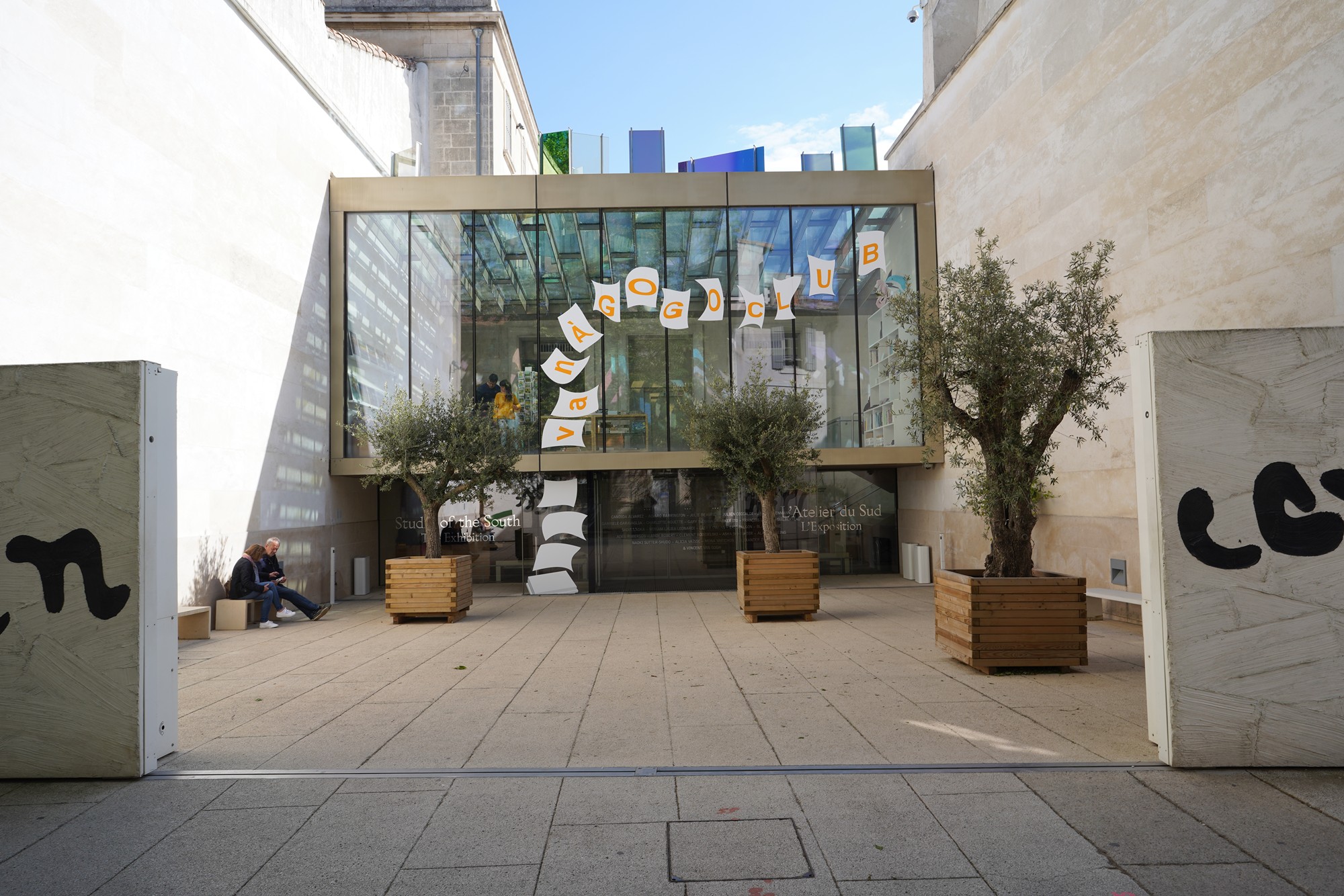


Place du Forum. The Place du Forum gained international fame through its association with the Dutch painter Vincent van Gogh.



Van Gogh lived and worked in Arles in 1888-1889, during which time he painted the famous “Café Terrace at Night” (also known as “Café Terrace on the Place du Forum”), capturing the ambiance of the square at night.



